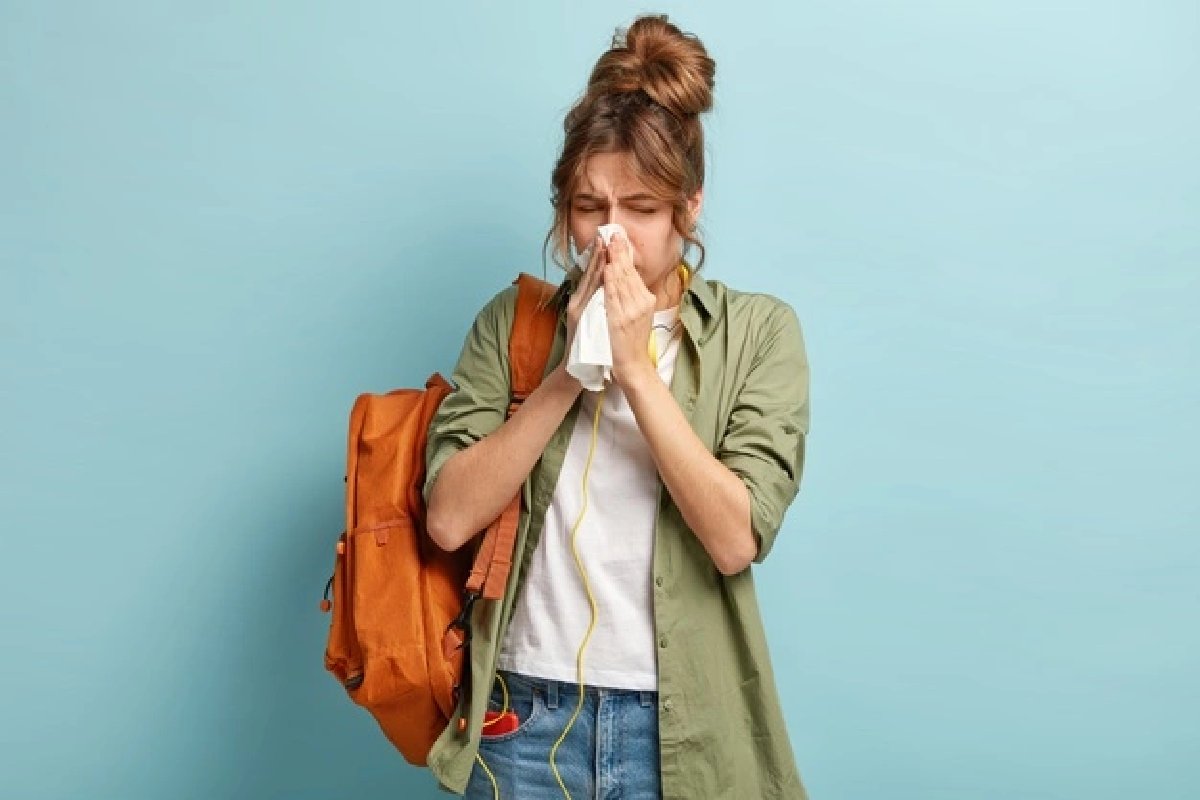Table of Contents
Treatment Of Allergic Rhinitis
Most Effective Method Inflammation of the mucous skin of the nose is known as Allergic rhinitis. It occurs when inhaling airborne allergens. It can be mould spores, pet dander, bee pollen, dust, etc. The reaction to an allergen can vary: from a normal sneeze to breathing difficulties and disturbances in the heart, leading to anaphylactic shock and even death. Therefore, treatment of allergic rhinitis should be carried out regularly on people suffering from this disease.
Allergic Rhinitis Is Into Three Types :
Seasonal rhinitis – it appears during the flowering of trees and other plants. There are three periods when the peak incidence is observed: the end of spring (April – May), when alder, oak, birch, ash and blossom bloom. Early summer (June and July) – the period of allergy to cereals and late summer (August and early September), when ragweed, quinoa, and wormwood bloom;
Perennial rhinitis occurs when an allergy to dust accumulates at home. In this situation, allergens are mites that live in house dust;
professional rhinitis is an allergic reaction in people whose work involves contact with other types of dust or various chemicals.
Symptoms That Occur When Allergic Rhinitis Occurs :
discharge from the nose;
stuffy nose;
Sneeze;
persecution in the throat;
redness and watery eyes;
itching in the nose;
to cough;
loss of ability to distinguish smells;
Swelling of the nasopharynx.
All these symptoms lead to the appearance of headaches, pain, irritability, sleep disturbance, and overwork. In almost half of the cases, allergic rhinitis becomes a chronic inflammatory disease of the respiratory tract – bronchial asthma.
Treatment Of Allergic Rhinitis.
The first thing to do is eliminate diseases – stop contact with the allergen. It is essential to resort to local agents. These include vasoconstrictor agents (nasal drops – Naphthyzinum, Galazolin, Nazivin), which facilitate the rapid removal of the outflow of the nasal mucosa. However, it should be remembered that the systematic treatment of allergic rhinitis in this way can lead to the depletion of the nasal mucosa, resulting in which its outflow will only increase.
(Cromosol), which relieves nasal swelling and itching. In addition, these drugs treat allergic rhinitis in children since they have practically no side effects.
With the ineffectiveness of the above treatment, they prescribe hormonal preparations from the group of corticosteroids (Nazarel, Beconaze, Aldecine). The doctor should define the method of administration and dosage since improper use can only worsen the patient’s condition.
Rhinitis recommends combining local and general agents to exacerbate allergies. The latter include antihistamines (“Suprastin”, “Zodiac”, “And Claritin”) that block the production of substances that provoke an allergic reaction.
Treatment Of Folk Remedies For Allergic Rhinitis
If you suffer from this disease, you can use the following folk recipes:
Tablespoons of pharmaceutical chamomile flowers pour a glass of boiling water. Leave for 20 minutes and take one tablespoon 2-4 times daily.
If a cold occurs, drip 3-5 drops of menthol oil into the nasal passages and lubricate the temples, nose and forehead.
Expand the dried peel of peony tubers into powder and take half an hour before meals for 1 tsp. Do not consume more than 3-4 tablespoons per day.

